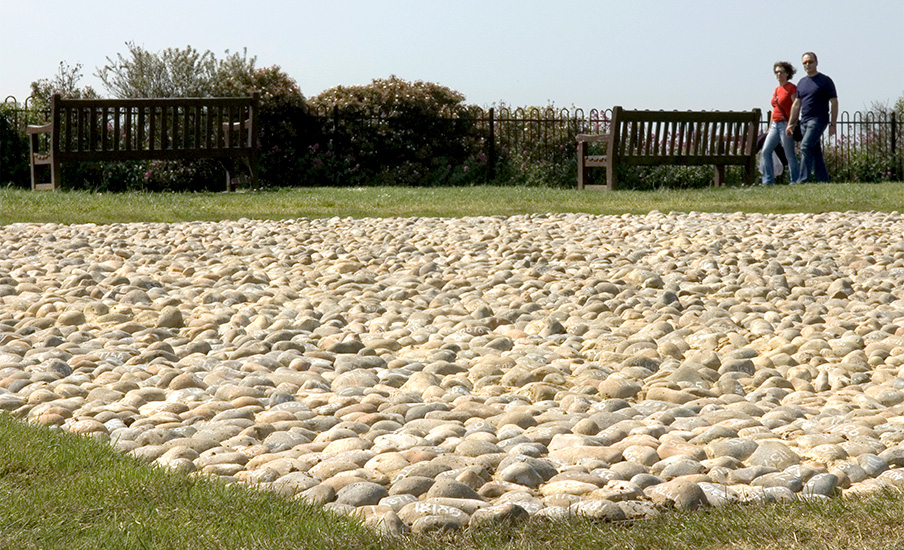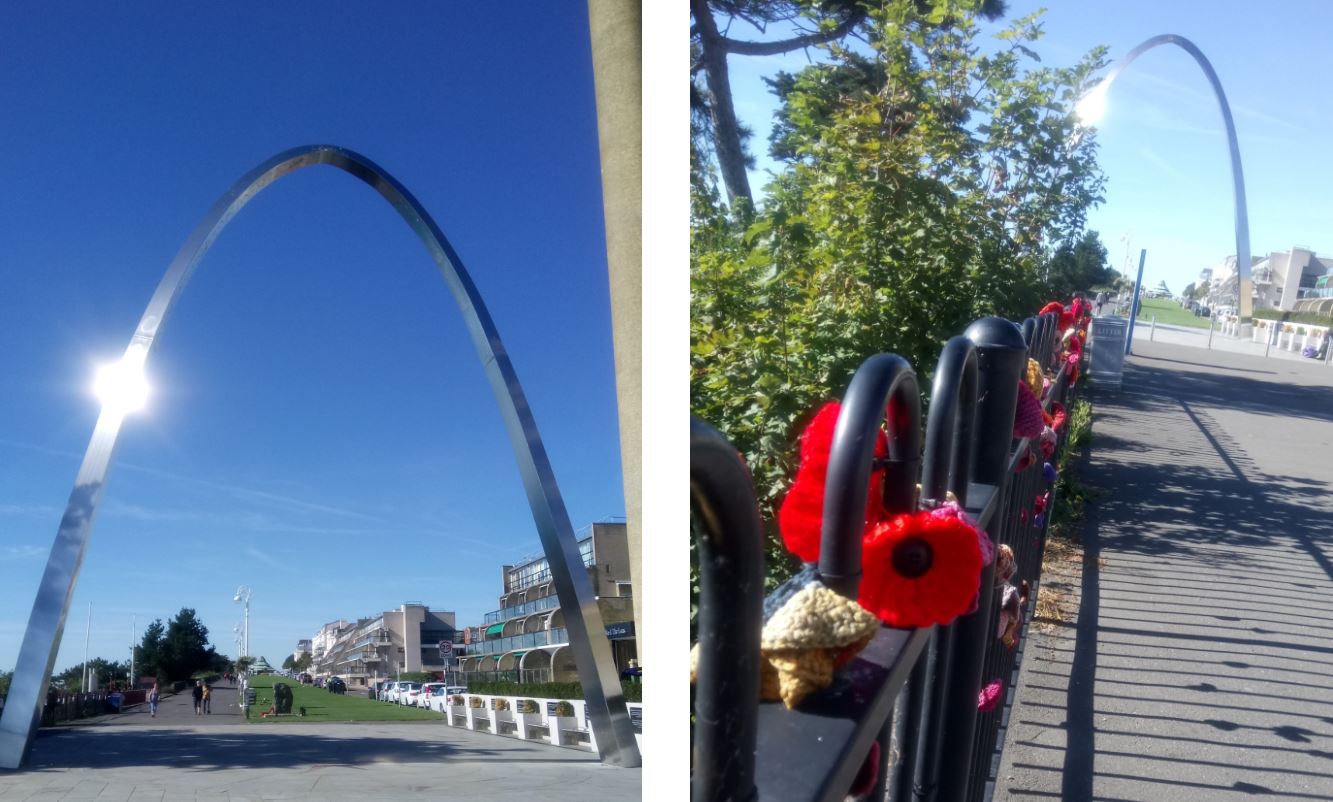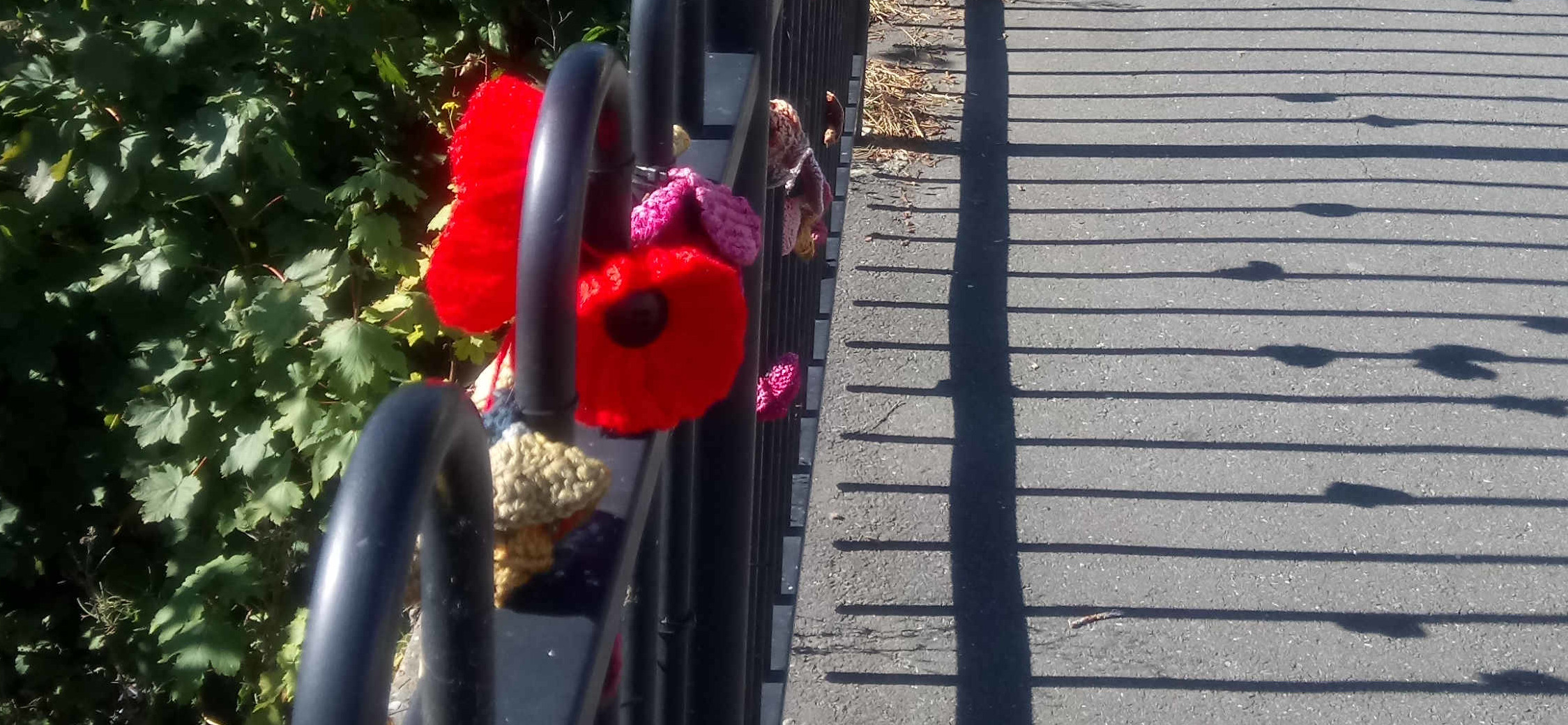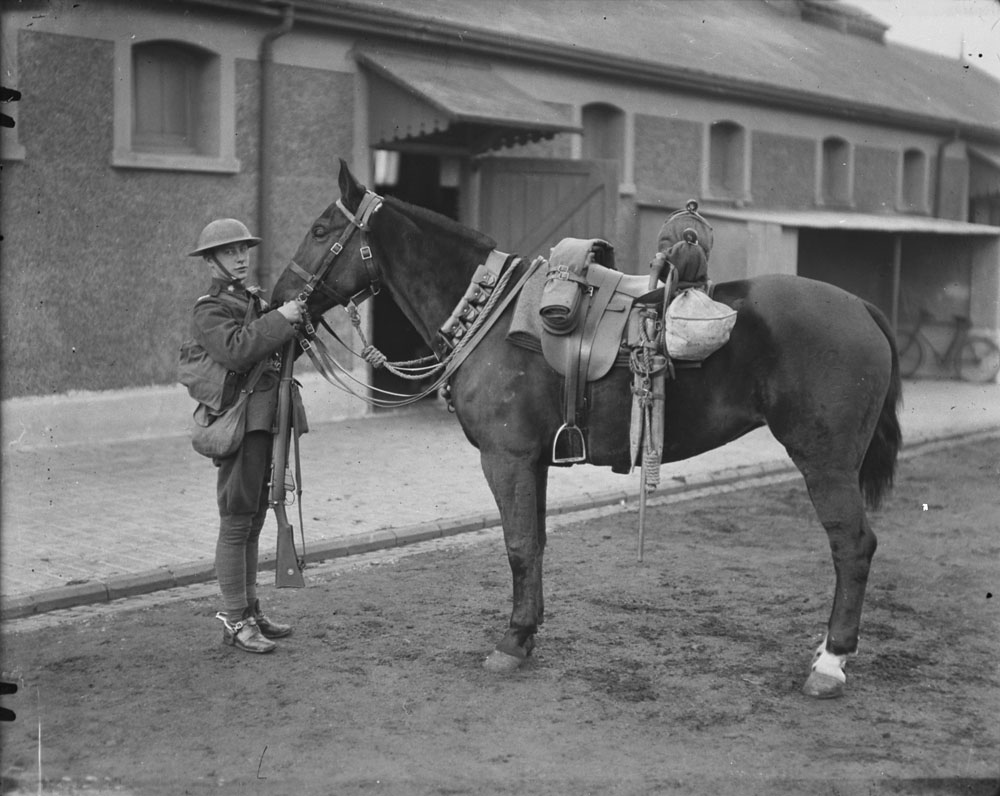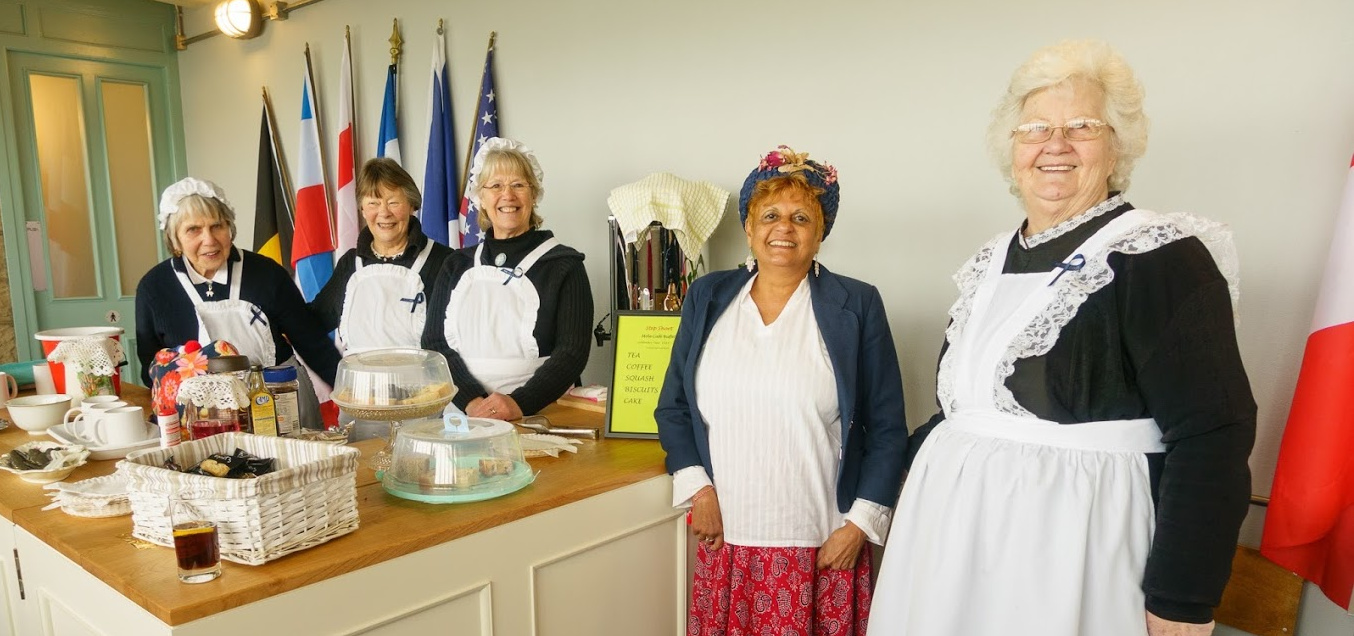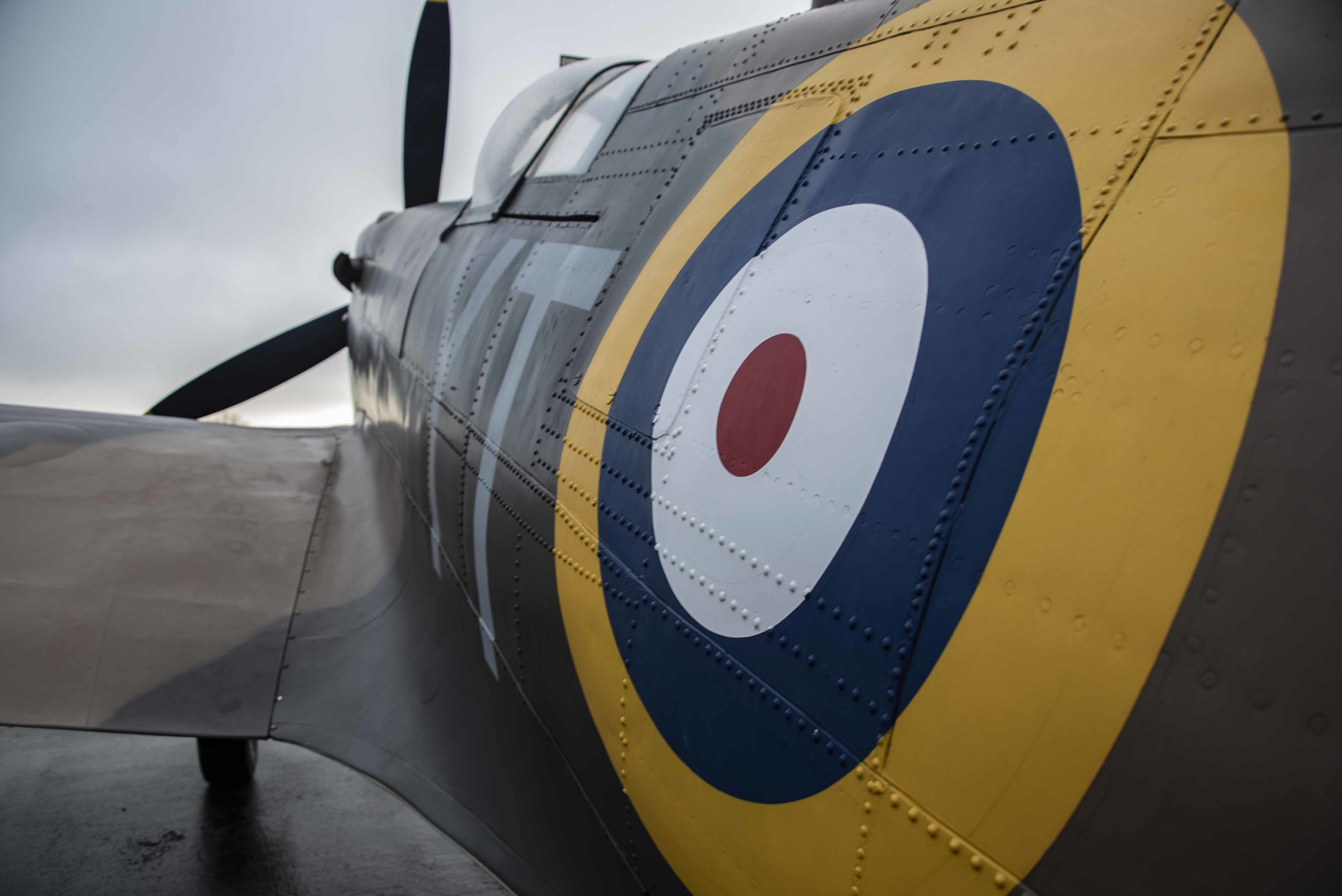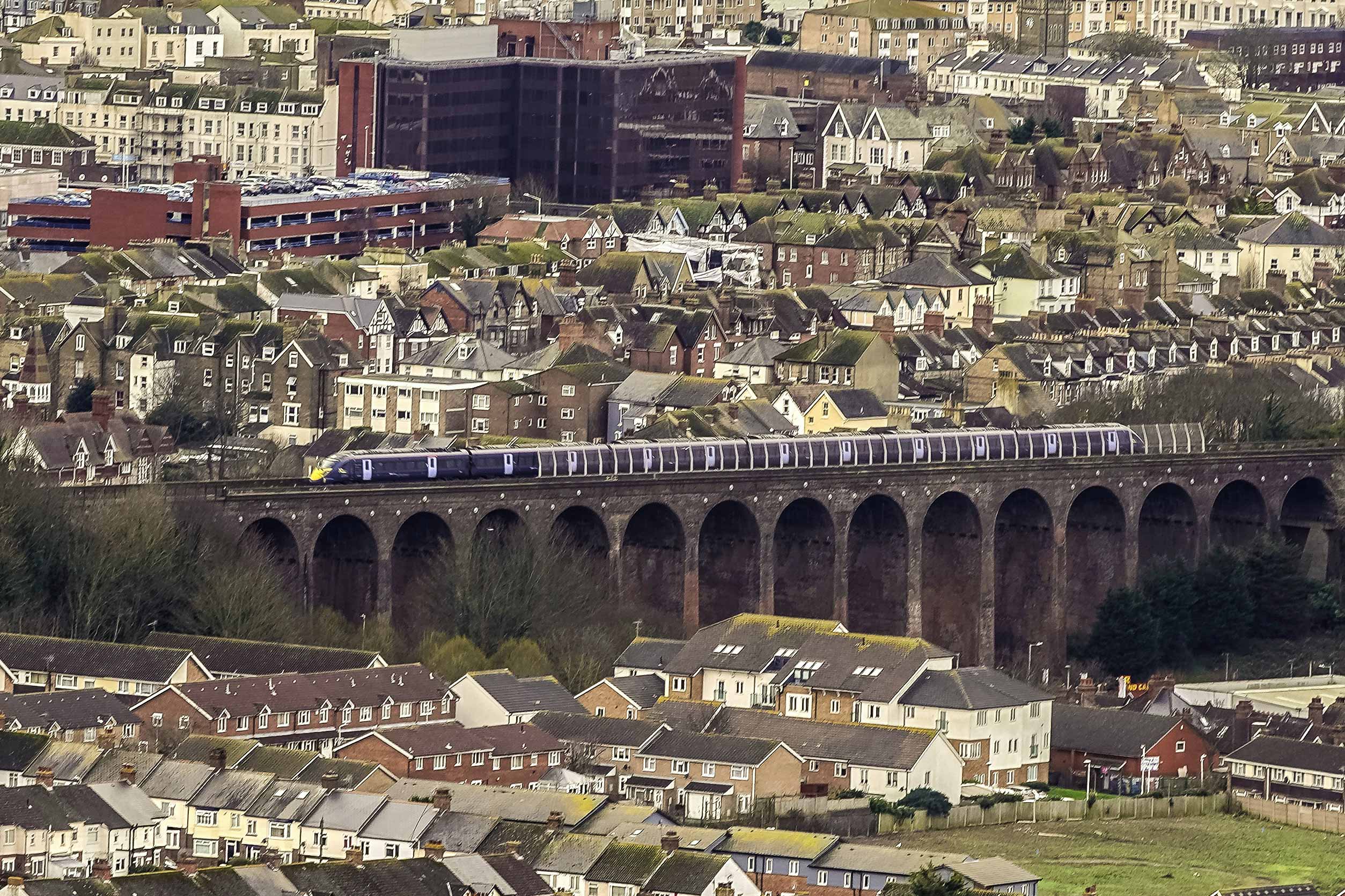Live
The Great War – Folkestone during world war 1
Folkestone’s position as the closest British port to Europe made it incredibly important during World War 1. Although, it wasn’t until 1916, two years into the war, that troops started using the Folkestone Harbour Station in their millions to travel to and from the fighting in Northern Europe. Over Remembrance Weekend there is an exhibition at Folkestone Harbour Station illustrating the role of the Harbour during the World Wars. Folkelife takes a look back at how the town rose to the challenge of moving from a seaside holiday destination to front-line war operation.
Folkestone in August 1914
During the summer of 1914, Folkestone would have been bustling with holiday-makers promenading along The Leas. Since the extension of the railway, and the building of the Foord Valley Viaduct, Folkestone had become a popular holiday resort for the Victorians and Edwardians. The general feeling in the country was that a war would be over by Christmas.
The town’s first connection with what was happening on European soil was on 20th August 1914. The first of thousands of Belgian refugees arrived in Folkestone. Their country had been stuck in the middle of an argument between the French and Germans. Each wanted to cross Belgium to reach the other. Belgium, supported by the UK, sided with the French and that forced Germany to invade. Many fled and, buoyed by that support, came to the UK.
the arrival of the belgians
Folkestone welcomed over 65,000 refugees, and residents willingly took them in, keen to be doing something for the war effort. Around the town you can see evidence of the Belgian’s stay with streets and squares named after them. Middelburg Square sits at the heart of the town centre; Ingles Road and the surname Inglebrecht all stem from Belgian origins.
The government helped share the refugees over the south of England, reserving The Grand Hotel to house members of the Belgian Royal Family. After the war, many returned home if they hadn’t married and settled here. Hercule Poirot is possibly the most famous (fictional) inspiration from the Belgian refugee influx. Agatha Christie was inspired to create her detective based on various Belgians she’d met.
recreating history
There is a famous painting in Folkestone Museum of the arrival of the Belgians. It’s not a true representation of the day, but it shows Folkestone’s finest; from fishermen to the Mayor, all undoubtedly helped in making sure their arrival was safe, and welcome. This picture was recreated 100 years on to show that the feeling is still the same in this town.

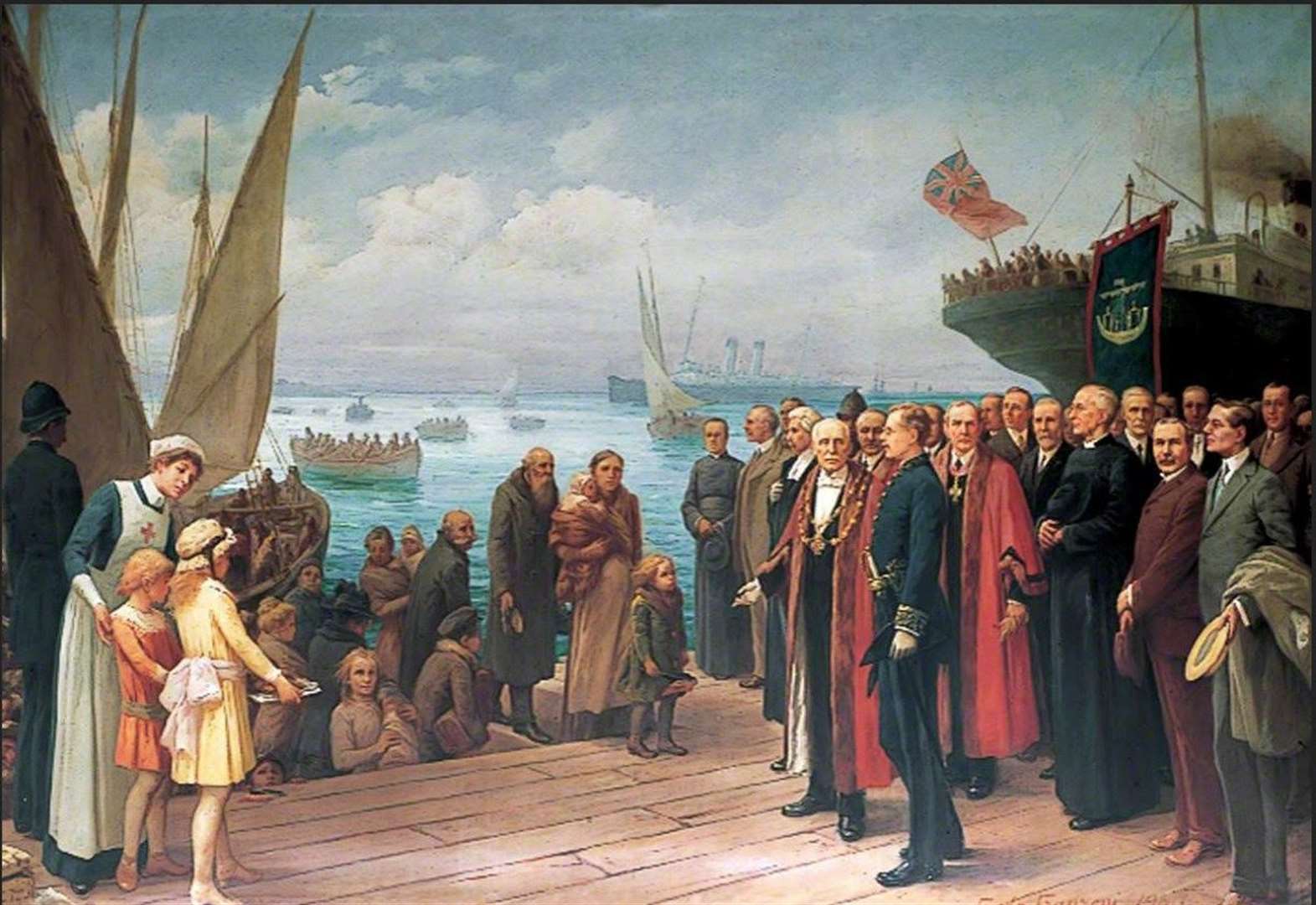
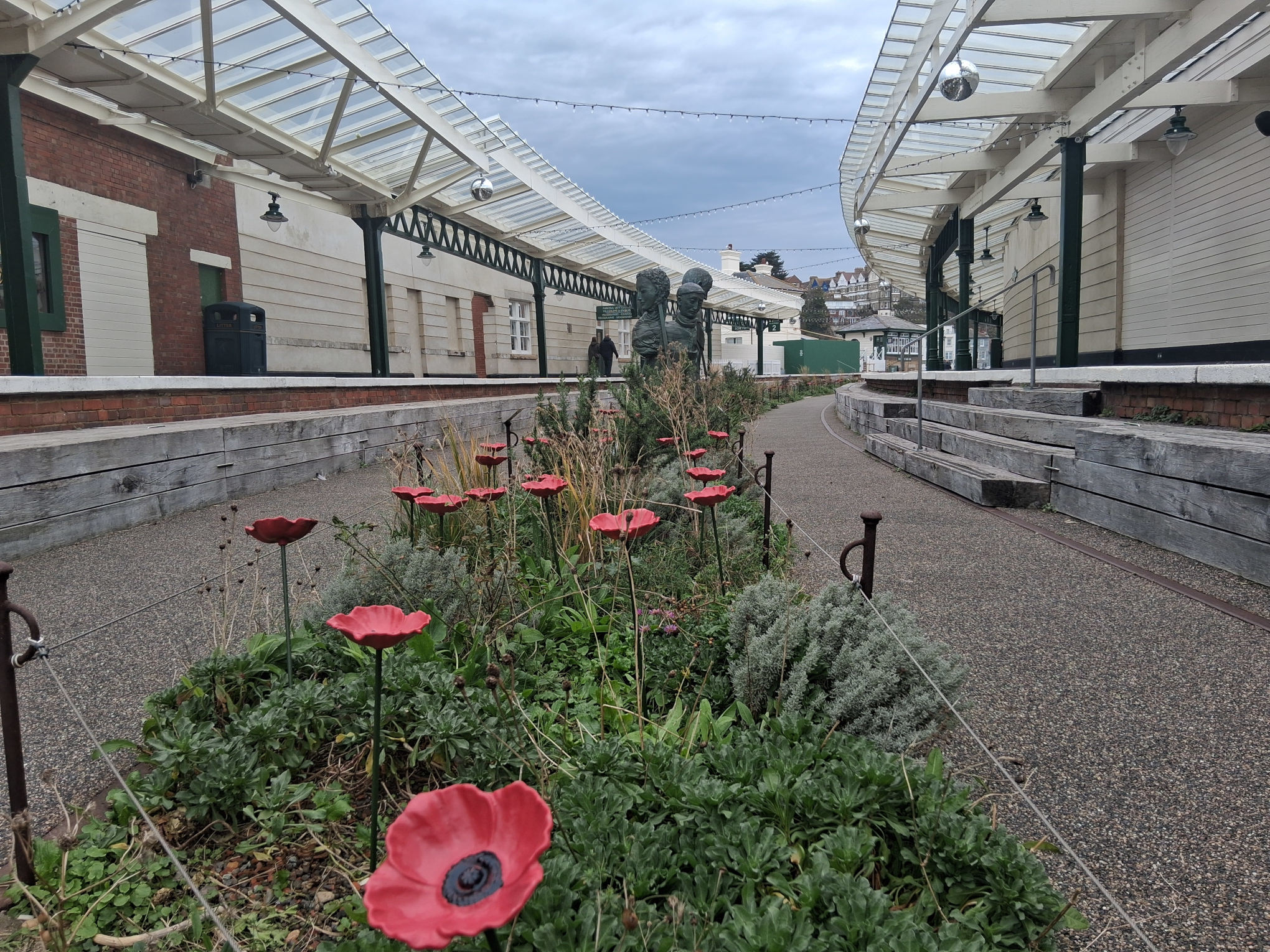
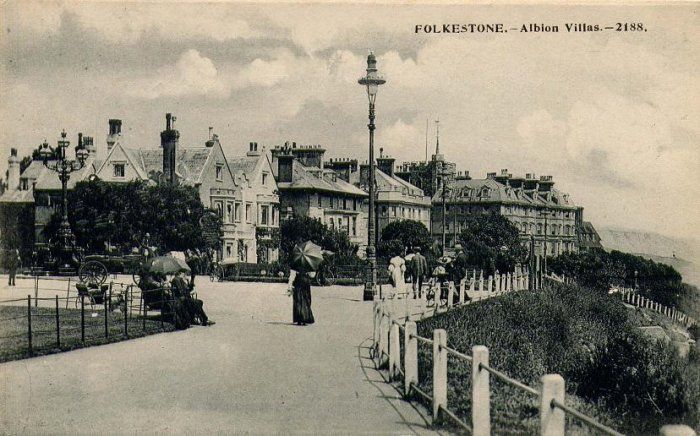
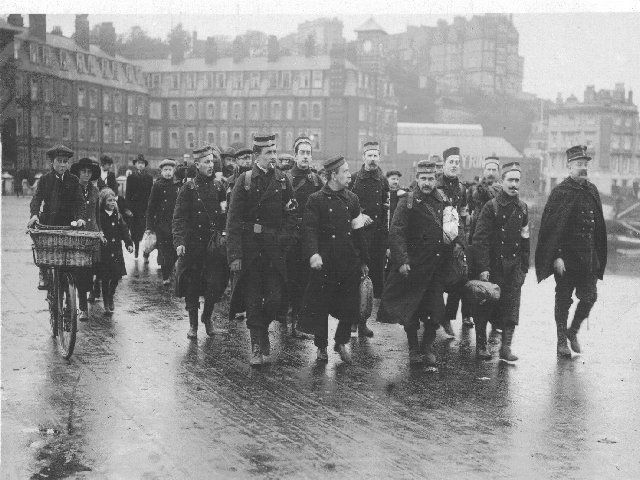
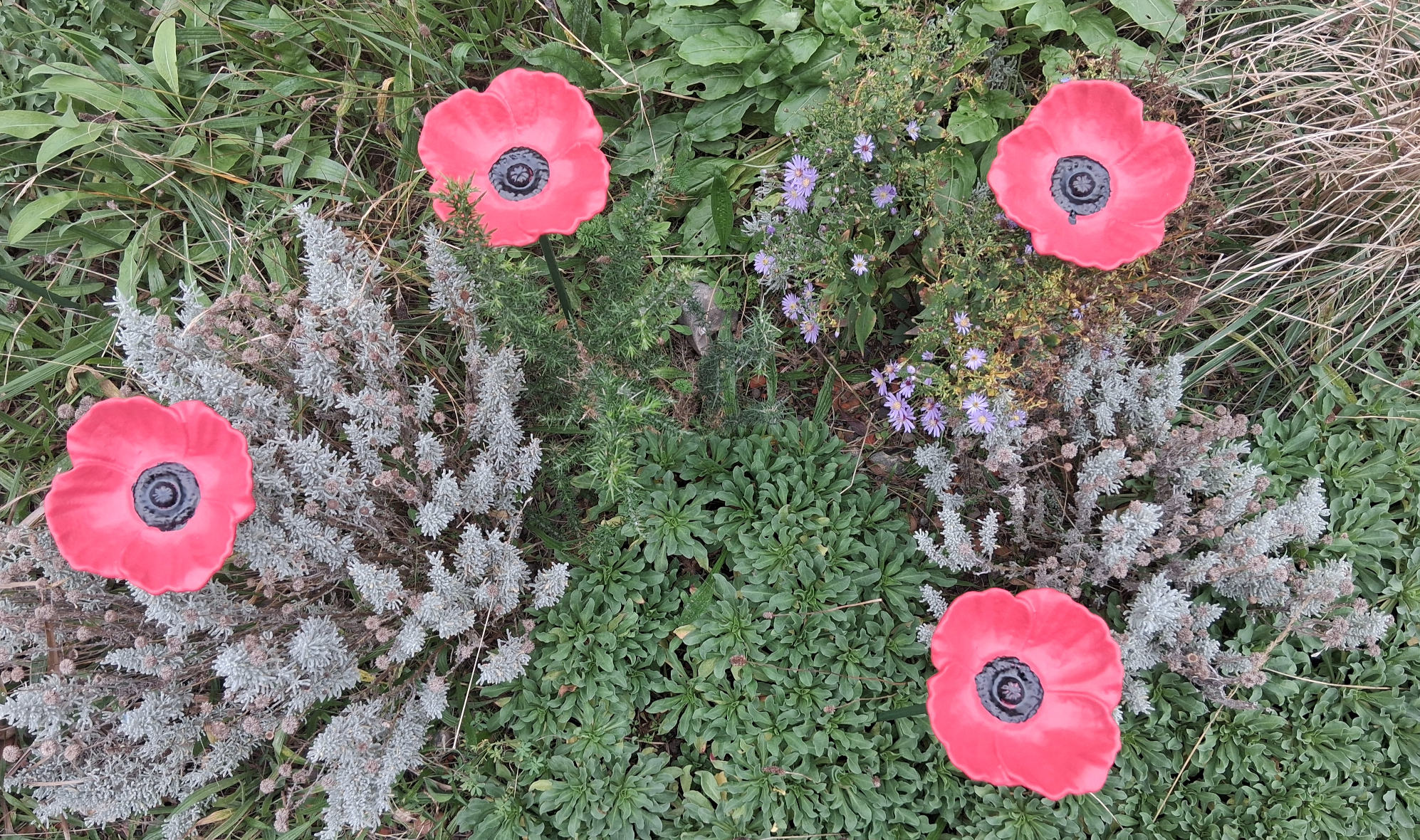
the first wounded return
By the end of August 1914, Folkestone saw the first wounded soldiers returning from the Battle of Mons in Belgium. 70,000 British soldiers had faced a German army of over twice that size. There were heavy casualties. A report from the Folkestone Herald talked of the soldiers’ arrival causing great interest and excitement “The soldiers were conveyed in motor cars through the town to the camp, being enthusiastically greeted by the crowds in the streets. Most of the men appeared to be slightly wounded and were able to walk with assistance. They displayed great cheerfulness.”
Folkestone was beginning to change. Many buildings that stand today played their part in World War 1 as hospitals and military bases. Manor House Hospital on The Leas was a British Red Cross Auxiliary Hospital. It’s now private flats. St Andrews Home was a convalescence home, but became a hospital during the war. Not everywhere was a hospital – the British Intelligence Services were based at 9 Marine Parade.
a somber mood
There are other newspaper reports of the town changing. There was a ‘Folkestone Correspondent’ for The Times Newspaper who wrote “Gradually, at first, and very rapidly during the last week or ten days there has been a great change. The town is full, hotels and boarding-houses are crowded, and there is a constant stream of people walking along The Leas. A huge crowd gathers daily outside the closed gates of the Harbour Station and stands there for hours to watch the thousands of people landed every afternoon who pass out to take up their temporary abode here.
“But it is not the usual holiday crowd which Folkestone knows so well. These sad-faced people, who walk soberly about or gather in little groups and discuss solemnly topics which are evidently of intense interest to them, are not happy rollicking, holiday-makers, nor is their language ours. There is far more French than English heard on The Leas in these days, for Folkestone is becoming a town of refugees.”
By 5th September it was estimated that as many as 18,000 refugees had arrived at Folkestone Harbour, with little sign of this abating.
The mole Café
In October 1914, the Harbour Buffet, or Mole Café opened on the Folkestone Harbour railway station platform. During the war, it’s estimated that as many as 10 million passengers left Folkestone Harbour on route to Boulogne and the continent. Many were soldiers, but also nurses and other staff to support the war, and over 43,500 signed their name on the visitor’s book in this café as they passed through…
In commemoration of Folkestone’s war contributions, 100 years later, volunteers ran the Mole Café for 4 years, from 2014 to 2018. Dressed in period costumes, cake and information was available for any visitor to the newly renovated Folkestone Harbour, lest we forget about its role during World War 1.
The renovation of the Harbour Arm in recent times highlighted the disembarkation points on the arm. One area was designed for the horses to walk down a ramp, whereas another was just for troops.
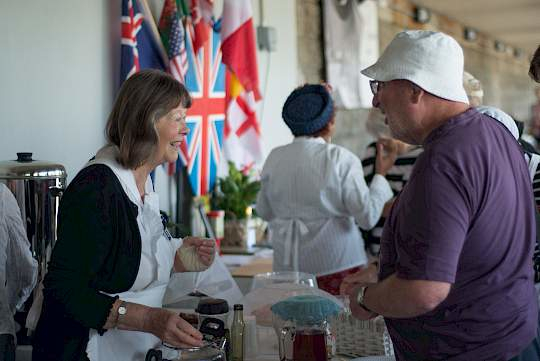
Community spirit provides shelter
This first winter had highlighted various problems, one major one being that if the weather was bad, then people passing through Folkestone for the continent needed somewhere to stay until the weather was calm enough to cross by ship. At first, the soldiers were put up in people’s homes, but before long this became impractical.
Properties in Marine Parade and Marine Terrace were commandeered and turned into Rest Camps. The first could fit 2,200 men and provide food for as many. Rest Camps 2 and 3 were later added but weren’t as ‘luxurious’ as the first, the views weren’t as good, and many had to sleep in tents which was cold during the winters of World War 1.
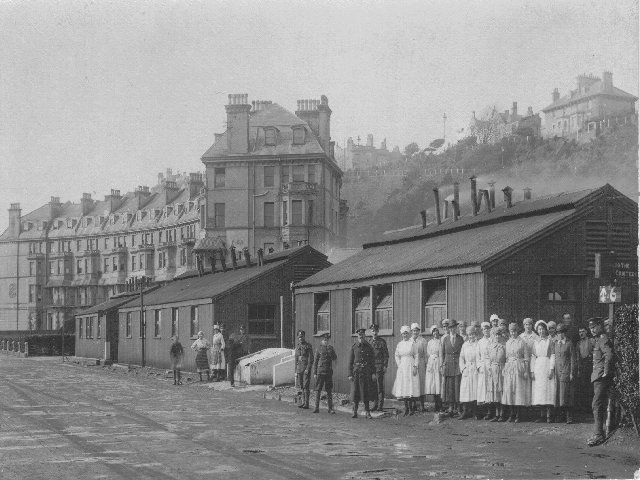
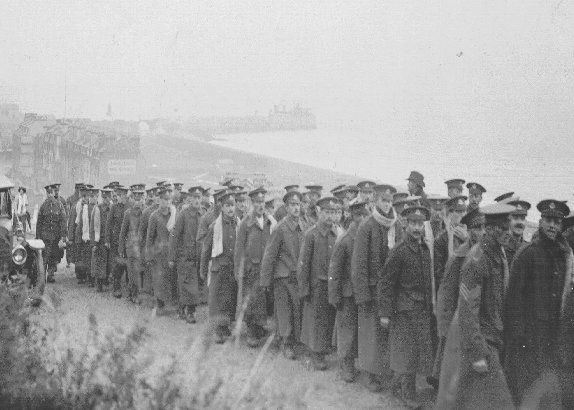
Folkestone rallies to support the soldiers
There’s always been a strong community spirit in Folkestone and this was seen during World War 1. Residents were asked to support the British and Canadian troops by sending Christmas gifts, cards and trees to help them celebrate Christmas in the Barracks. They sent in socks, mittens, home-made mincemeat and cigarettes. “If everyone were to give 6 each, we should have enough for all the soldiers.” asked Mrs Sherbrooke in her letter to the town.
At the beginning of World War 1 the army was made up of a lot of reserve soldiers. During the fighting, there were initiatives to get young men to join up to boost the Army’s numbers. By this time, people had begun to realise that war was not glamorous, but rather cruel and relentless. All men between 18 and 61 were asked to volunteer for National Service. They were offered 25 shillings per week and were told “it was up to them to volunteer and release another man to go to the Front. They could also ask their friends to do the same.”
Folkestone councillor Mumford said “We are not fighting for gold, or territory, but for liberty, peace and happiness the world over.”
folkestone’s legacy
On 11 November 1918 a truce was signed which stopped the fighting in World War 1. This day, called Armistice Day, has been used to remember those who have died in wars ever since. Folkestone had played its part, and was thanked for all the support it had offered those coming through the town. King Albert 1 of Belgium sent a message for the mausoleum at Shorncliffe Military Cemetery stating that “Folkestone had earned the admiration not only of the Belgians, but also of the whole world: yes, the whole civilised world knew how the town of Folkestone had received them with such cordiality which would never be forgotten.”
folkestone remembers
It is true to say that even 100 years on, Folkestone is proud of the part it played during World War 1. Mark Wallinger’s Folk Stones commemorates the number of soldiers who died during the Battle of the Somme, and would have walked through Folkestone. You can find this artwork on The Leas, as you promenade to the Step Short Arch. This memorial was erected in 2014 and Prince Harry joined us, and veterans, in following the route down the Road of Remembrance that the soldiers would have taken to the Harbour.
This hill is where the term ‘Step Short’ originates. It’s an instruction to the soldiers to march in shorter steps to get down the hill safely. Lining the railings on the route are over 10,000 crocheted poppies that have been sent from all over the world. The Purl Queens voluntarily maintain these poppies and keep an archive of letters sent with them, remembering family members who fought in the war.
Mole Cafe Photo Credits to Freddie Lee Thompson
Mark Wallinger’s Folk Stones Photo Credits to Creative Folkestone
Soldier with Horse Photo Credit Shorncliffe Military Trust
Black and White Photos Credit Alan Taylor
